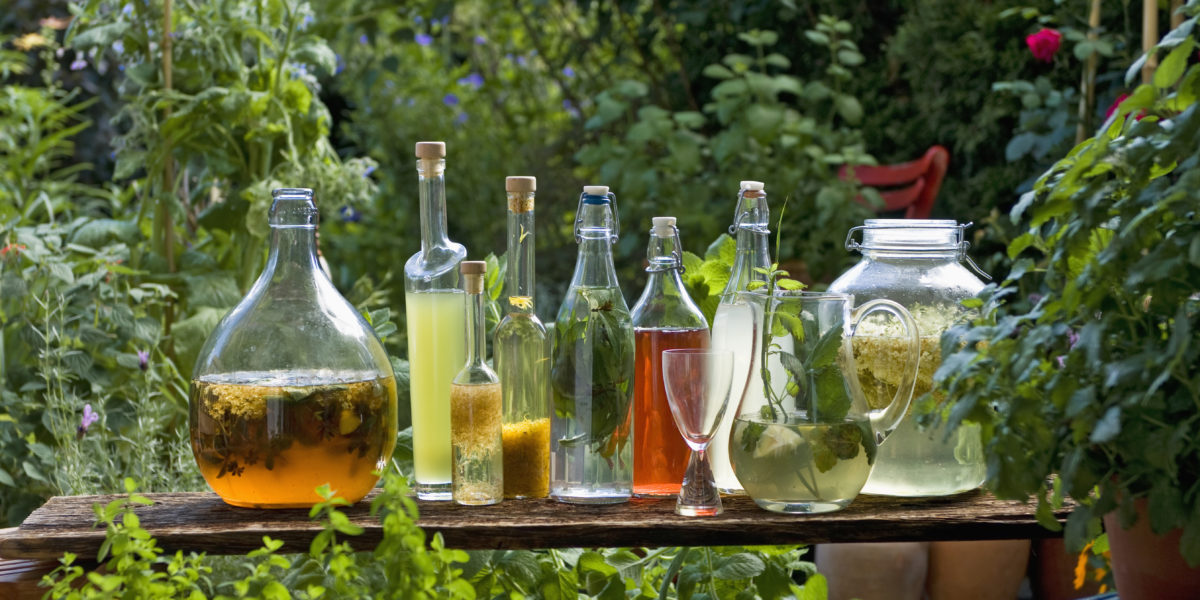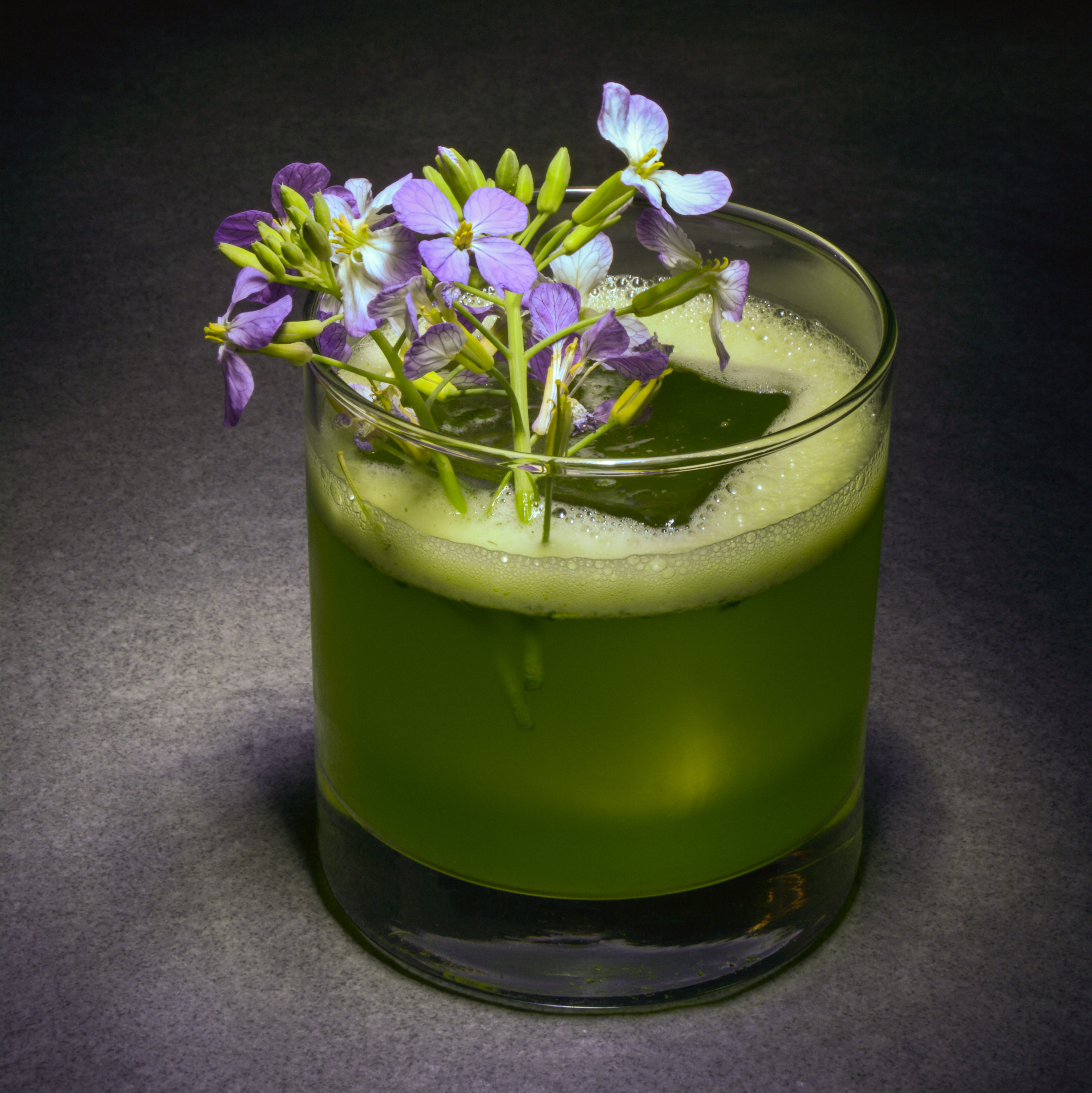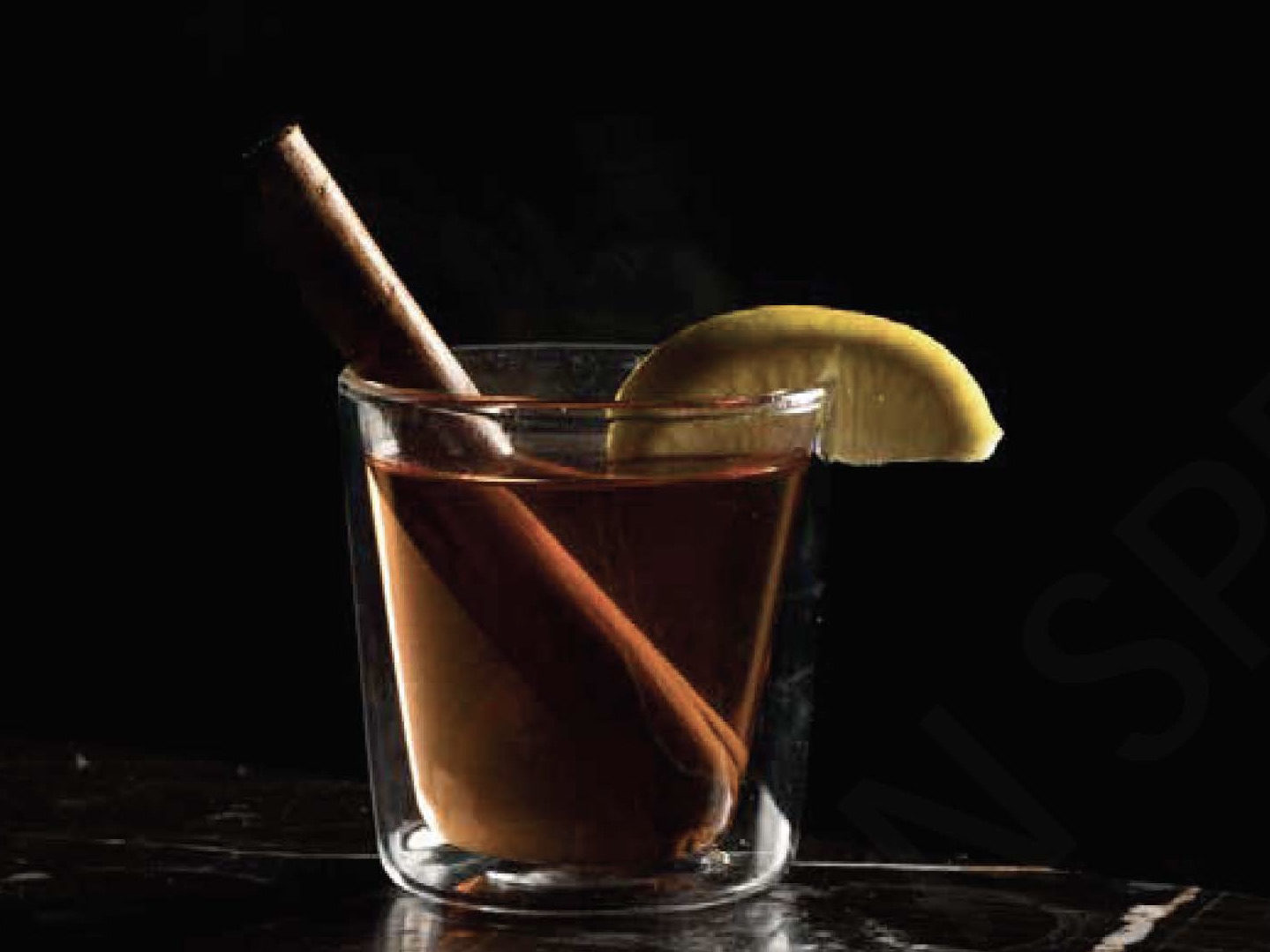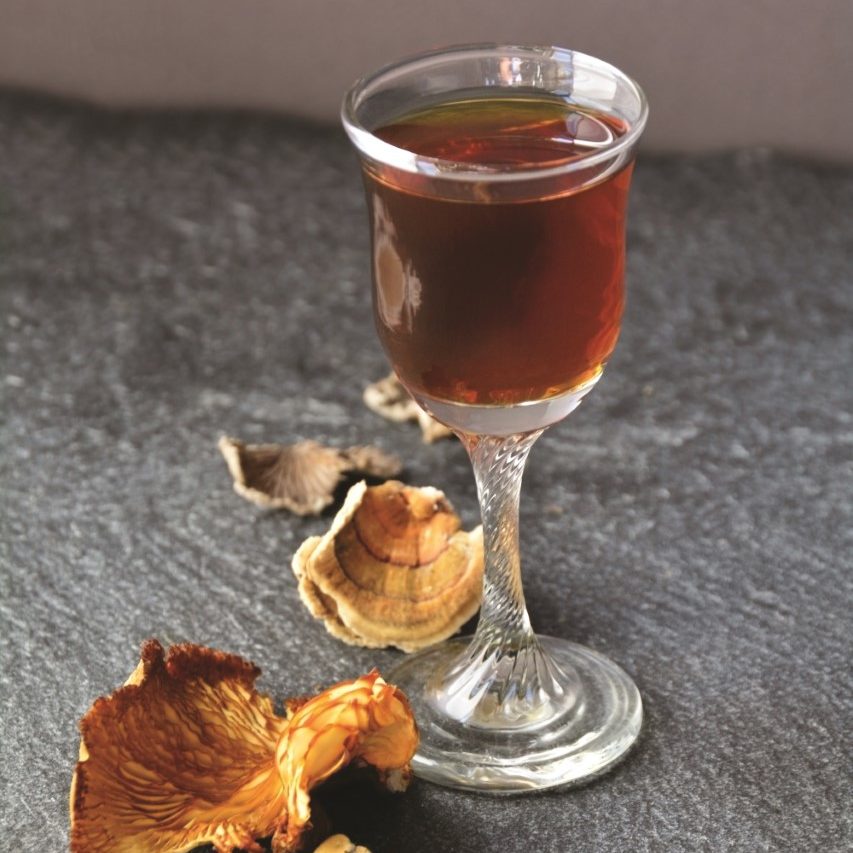
Lemongrass, Mushrooms and Beyond: Plant Your Cocktail Garden Now
Indulge in some seriously delicious cocktails, straight from your own garden.

Westend61/Getty Images
We only recommend things we love. If you buy something through our site, we might earn a commission.
There’s something so satisfying—romantic, even—about snipping something from the garden and muddling it into an herbaceous cocktail. But don’t just grow your own for the bragging rights. Adding freshly picked herbs gives a drink depth while tickling the nose with fresh notes that can’t be found elsewhere.
“The most important thing about herbs, especially if you’re muddling them, is they add instantaneous flavor that you’re not going to get from a fruit,” says Matthew Biancaniello, chef and author of Eat Your Drink: Culinary Cocktails. “Herbs add a layer to the drink, and will never try to compete with the other flavors. It comes at the end with a nice, long finish.”
Alex Jump, bar manager at the Denver location of the seminal bar Death & Co., agrees. “Herbs can add complexity to cocktails in two main ways,” she says. “As an aromatic, it tops the drink and perfumes the environment around it, and it acts as a flavoring agent when muddled into the liquid or allowed to steep. Think of the former as the mint topping a Julep, while the latter is mint muddled into a mojito.”
Even better, adds Kelso Norris, the cocktail director of Genever, a lounge in Los Angeles’ Historic Filipinotown, “herbs are a great way to enhance flavor without adding sugar.” Amen to that.
A cocktail herb garden can be easy to grow, even in fall. In warmer climates, herbs can be kept in the garden year-round. In colder zones, they can be grown in a sunny spot indoors. (Extra credit if you are the sort of gardener who has a greenhouse.)
Because we had access to some renowned cocktail experts, we went beyond some of the usual choices while planning what to plant or pot. All herbs are welcome, of course, but who can resist the chance to grow lemongrass at home and infuse it into London dry gin? Meanwhile, an arugula cocktail is what we call the best sort of green juice.
One thing to keep in mind when you’re ready to start mixing: Herbs need a gentle hand. “If your herbs become bitter when introduced to a drink, you’re likely extracting chlorophyll from the leaves when muddling,” Jump says. “A favorite lesson in our bartender training is to take a mint leaf, add it to your tongue, and press to the roof of your mouth. It should be all mint—light and refreshing. Now move the mint leaf to the teeth and grind a little bit. Suddenly your mouth is awash in bitterness. The same logic can apply to muddling: Instead of breaking your herbs apart, simply use the heavy end of a muddler to press the leaves.”
Now, how to create your own cocktail garden, so you can drink up your garden all fall long.
Arugula

Courtesy of Mia Wasilevich
Arugula is a cold-weather crop, which means fall is the perfect time to plant. Scatter seeds so they’re about a half inch apart in a raised bed or pot using well-drained potting soil. Choose a sunny to partly-shaded spot. Cover your arugula seeds with a quarter inch of soil and lightly sprinkle with water. While growing, be sure to keep soil moist.
To grow arugula inside, follow the above instructions and keep your arugula in a sunny, south-facing window.
To harvest, snip with sheers when leaves reach 4 to 6 inches tall, about 30 to 40 days after planting. Be sure not to pull the stems, or to harvest all the plants at once, so they can regrow for another harvest.
Since arugula can grow bitter after it regrows a couple of times, try sowing new seeds every few weeks so you can get continuously palatable crops.
Muddle your freshly picked leaves into Biancaniello’s bright green “Roquette” (which means arugula in French).
Lemongrass

Courtesy of Bradley Tuck
“The smell of lemongrass is incredibly soothing and invigorating to me,” says Norris. “It plays well with other flavors.”
To grow your own lemongrass, head to a well-stocked or Asian grocery store. Buy stalks, then trim them to about 3 inches, while peeling off any outer growth that looks unhappy. Place the stalks in a glass of water and put that on a sunny windowsill. (Make sure your glass isn’t full—you only need the bottom of the stalks to be submerged.) Once your stalks have rooted, plant them in well-draining potting soil. Keep your pot outside if you live in a warm climate, or inside in a sunny window if you don’t. Water regularly.
Harvest your lemongrass when your stalk is about 1 foot high. Be careful as the leaves can be cut-your-finger sharp. For use, cut the bottom ⅔ of the stalk, where it is flesh-like, not woody.
Use the cuttings in the Get Tanglad gin cocktail made by Norris at Genever.
Rosemary

Photo courtesy of Bradley Tuck
Rosemary-infused gin elevates a gin and tonic by Norris. As any gardener in Southern California knows, you can grow rosemary in a frost-free zone year-round. Be sure to plant yours in an easterly spot or it could get too much sun. Water when soil is dry.
In colder climates, rosemary can be tricky to grow indoors as it doesn’t like “wet feet,” but it doesn’t like dry leaves either. Don’t be deterred. Before potting the herb in well-drained potting soil, add gravel at the bottom so the roots won’t sit in water, then place your plant in a sunny window. Water every two weeks or so, when the soil is dry. If your rosemary starts to dry out, mist the foliage with water once or twice a week.
Try your hand at making the reimagined gin and tonic!
Thai Basil

Reprinted with permission from Death & Co Welcome Home by Alex Day, Nick Fauchald, and David Kaplan, copyright (c) 2021. Published by Ten Speed Press, a division of Penguin Random House, LLC. Photographs copyright © Dylan + Jeni
Thai basil can be grown year-round in warm climates, but unlike say, sweet basil, it’s a great choice to grow indoors because it’s heartier than its brethren. To grow Thai basil inside, place your potted plant in an indoor window that gets six hours of direct sunlight a day, or use a grow light. If it isn’t thriving, your soil may be too dense, so add vermiculite or pearlite to improve drainage.
Water Thai basil when the soil becomes dry, and don’t forget to feed your plant with organic fertilizer every six to eight weeks.
Use the leaves in the “Stay Mum” cocktail courtesy of Death & Co.
Not an Herb, but We Had to Get Shroomy

Photo courtesy of Mia Wasilevich
For the adventurous, grow your own shiitake mushrooms and use them to infuse your tried-and-true Manhattan with umami. Yes, it’s a little different, but why not level up? “I want my yoga teacher to teach at their level,” Biancaniello says. “It’s important to me to give people something that they’re grasping for.”
To grow shiitakes, use an inoculated mushroom log. The white fibers that will appear are called hyphae, and absorb nutrients. (In other words, they’re not mold.) Mushrooms will begin to appear in four to 10 days. Shiitakes can be harvested just after the gills are exposed. Remove them with a sharp knife, just be sure to cut flush to the log.
